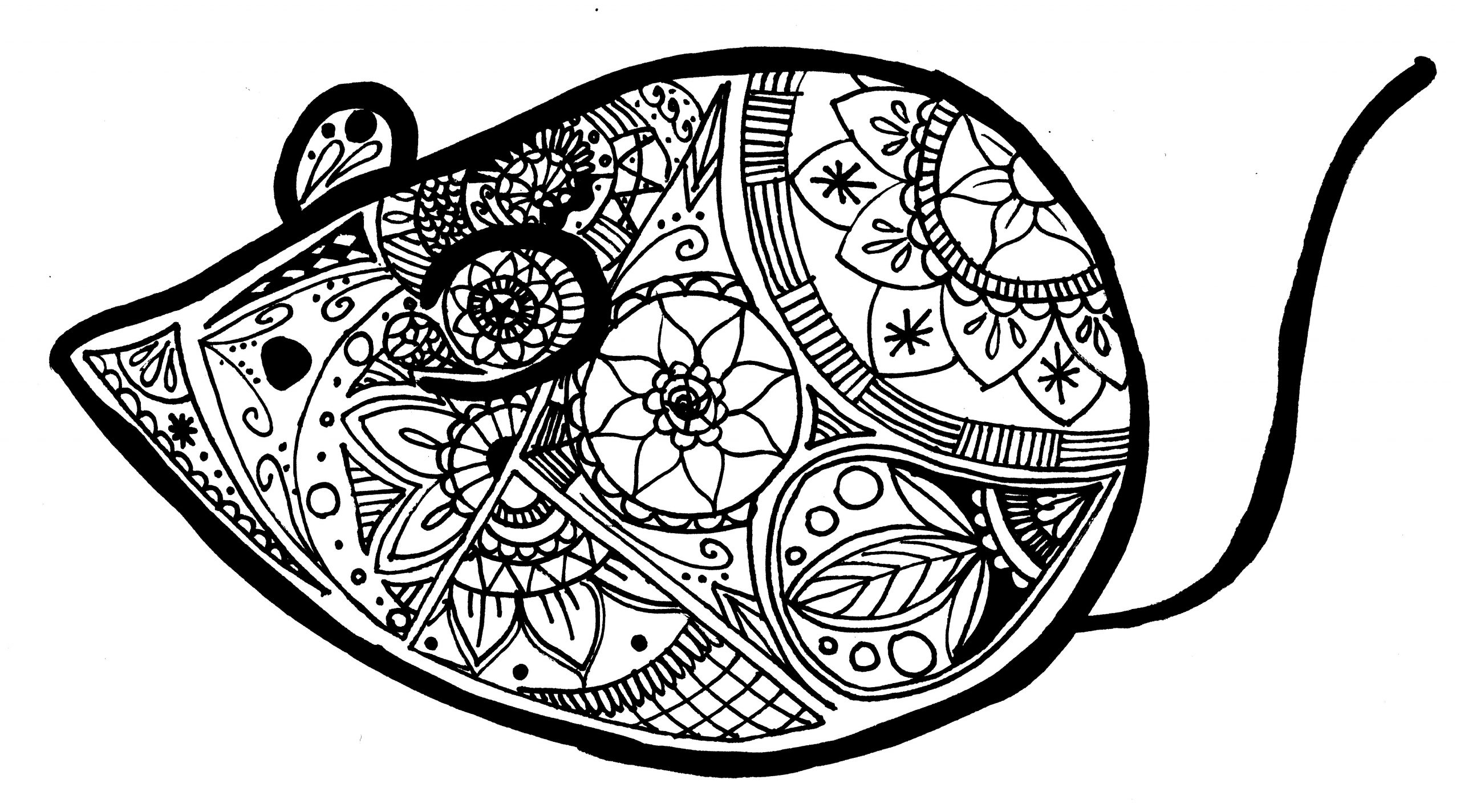I always assumed, in Latin America, the population consisted of indigenous people and Europeans and the two lived completely segregated from each other. Therefore, I was very surprised to learn more African slaves were brought into South American colonies then into the United States. The fact that interracial marriages were fairly common was even more shocking. I expected races to be completely separated as they were in North America, especially because ethnic cleansing was taking place back in Spain. However, considering the fact Latin America was a “racial hotbed” as it was said in the lecture, the mixing of races was probably inevitable.
As a biracial person myself, I think the idea of trying to comprehend and manage differences can be still applied today, just as the Casta Paintings tried to do so. In Japan, I have always been told I do not look Japanese and some people assumed I could not speak Japanese. Although this made me feel uncomfortable at first I got the same comment so many times that it stopped bothering me. However, recently, a person I met through social media who also happens to go to UBC, told me I look completely Japanese and did not look caucasian at all. This person’s comment upset me and at the time I did not know why. Now when I think about it, the reason I felt upset was probably because I felt as though the identity I built myself, the white looking biracial girl, was being challenged. Being told I was one thing all my life and suddenly being told differently confused me. I didn’t know what category I fit into. I can only imagine how confusing and unsettling people in the colonial era must have felt, especially for your race defines your social status.
The story of Catalina de Erauso was also very fascinating. Joan of Arc is another figure who dressed as a man to fight in battle but her sexuality or gender identity is not clear, which makes Catalina stand out even more. Her memoir made me wonder whether she was the only transgender conquistador. Had there been other women who dressed in armor to fight against the Indios? Also, were there women fighting against the Spaniards on the indigenous side? Taking into account women’s social status at the time, female warriors would have been rare, however, I think it would be an interesting topic to learn about.

Hi! Your middle paragraph made me think a lot about my close friend – you both shared a very similar experience! When you are told one thing over and over again about your personality/appearance/race/gender/identity etc., and suddenly you hear something different, it can be very confusing and challenging. As for your question about other transgender conquistadors, I would also be curious to know!
Hello Jasmine,
I myself have been to Japan when I was in Grade 9. I was surprised to see how many Brazilians were attending a high school there which I was visiting. That being said, the Brazilian students and the Japanese students seemed to really get along. If anything, it was my friends and I from Canada who attracted a lot of attention either due to someone having blonde hair, blue eyes, tall height, etc. Contrasting this to my trip to Guatemala in grade 11, my Canadian friends and I were also distinguished immediately by the Guatemalan citizens. I loved the people in Guatemala (I also loved the people in Japan) but this had a different dynamic to it then in Japan. There is sometimes a disinclination towards foreigners like me – while I can recall some examples of it, I also empathize with the Guatemalans considering their nation’s history. All of this being said, I totally understand what you mean by not knowing what category you fit into. As someone from a family of many heritages, I’ve found this to be the case for me too, but it has also been enlightening to see how other countries (including Japan and Guatemala) might view and perceive me too.